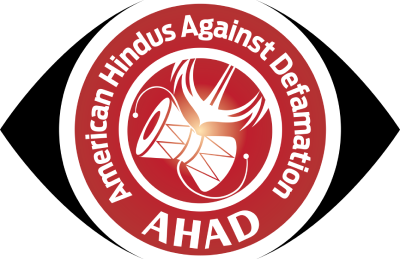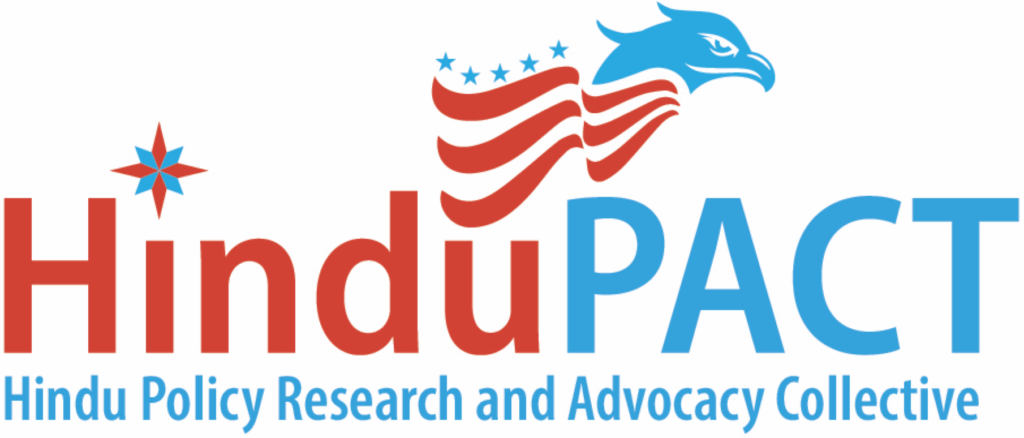Rationale for the Analysis
American Hindus Against Defamation (AHAD) conducted an extensive analysis of Savera’s report titled “Cut From the Same Cloth: The VHP-A’s Ties to its Indian Counterpart.” This investigation aimed to address the report’s portrayal of the Vishwa Hindu Parishad of America (VHP-A) as an extension of the Vishwa Hindu Parishad (VHP), with purported connections to extremism and violence. AHAD’s evaluation sought to expose biases, misrepresentations, and the selective narrative presented in the report, ensuring a more balanced perspective.
Major Findings
The AHAD analysis revealed pervasive biases and inaccuracies in the Savera report:
- Extreme Bias: The report uses alarmist language, framing the VHP-A as a “supremacist” and “far-right” organization. It disregards the cultural and humanitarian contributions of the VHP-A.
- Loaded Language and Logical Fallacies: Terms like “Hindu supremacist” and “militant wing” dominate the narrative, establishing a guilt-by-association framework. Logical fallacies, such as false equivalences and slippery slope arguments, are often used to equate the VHP-A with violent ideologies.
- Selective Evidence and Cherry-Picking: The report heavily relies on sources with a known anti-Hindu bias, omitting perspectives contextualizing or challenging its claims. Key omissions include VHP-A’s disaster relief efforts, cultural outreach, and educational initiatives.
- Omission of Historical and Legal Contexts: The report overlooks the historical and legal independence of the VHP-A as a U.S.-registered non-profit organization governed by stringent laws. It also misrepresents historical figures and ideologies associated with Hindutva, including M.S Golwalkar.
Counter-Narrative Insights
AHAD’s counter-narrative provided clarity on several contentious claims:
- VHP-A’s Independence: Despite its cultural ties to the VHP, the VHP-A operates as a legally autonomous entity in the U.S., emphasizing cultural preservation and social welfare.
- Mischaracterization of Hindutva: Hindutva’s emphasis on cultural unity is often misrepresented as supremacist. Selectively cited historical references do not account for Hindutva’s reformist and inclusive efforts.
- Financial Contributions: Funds raised by the VHP-A primarily support humanitarian and educational programs in India, with no verified connections to violence or extremism.
- Diaspora Dynamics: Like other diaspora organizations, the VHP-A fosters connections with its Indian counterpart to maintain cultural identity, a common practice among global communities.
Methodology
The AHAD analysis employed a hybrid methodology that integrates computational sentiment analysis, word-cloud visualizations, and an exhaustive examination of language biases and logical fallacies. This approach guarantees an objective assessment by systematically identifying patterns of sensationalism, misrepresentation, and selective reporting. The method utilizes a rule-based framework along with a custom large language model developed by Tattwa.ai to evaluate linguistic biases, media omissions, and historical inaccuracies. A comprehensive review of sources, citations, and narrative strategies facilitated an in-depth understanding of the report’s structure and intent while simultaneously creating a detailed overview counter-narrative.
Conclusion
AHAD’s critique of “Cut From the Same Cloth” underscores the importance of nuanced and balanced discourse. The analysis reveals significant biases in the report, which undermine its credibility. This critical examination advocates for a fair portrayal of Hindu organizations, acknowledging their cultural and humanitarian contributions along with the legitimate criticisms.

